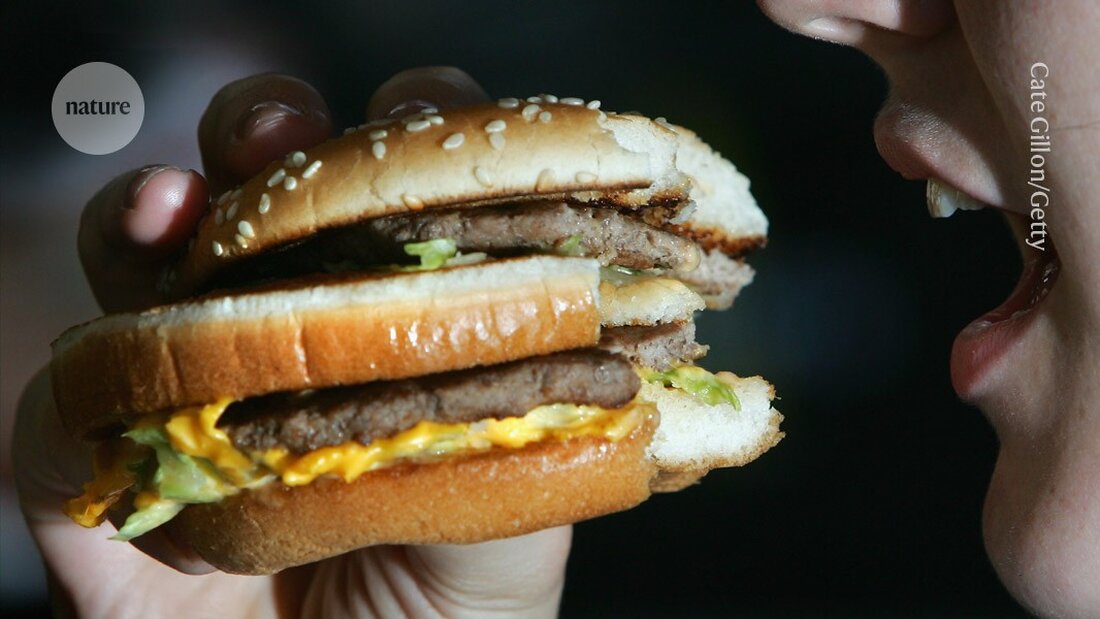How Overeating Leads to Type 2 Diabetes: The Role of Neurotransmitters
New studies show how overeating can promote insulin resistance and diabetes through neurotransmitters. Find out more about the connections.

How Overeating Leads to Type 2 Diabetes: The Role of Neurotransmitters
People with obesity have a ten -time risk of developing diabetes compared to slim people. Researchers who wanted to get to the bottom of this phenomenon have found an answer in the same system that controls the body's combat or escape reaction. The results 1, conducted in mice, challenge long-held assumptions about how overeating can lead to disease.
The study suggests that consumption of a high -fat diet triggers an increase in neurotransmitters across the body, which leads to a quick degradation of adipose tissue in the liver - a process that is normally caused by the release of insulin is checked. The release of high amounts of fatty acids is associated with a number of health problems, from diabetes to liver failure 2.
Previously, researchers thought that the main problem with obesity-related diabetes lies in faulty insulin activity, meaning the body does not stop the dangerous release of fatty acids. But the latest study shows that instead of a malfunctioning "brake system," there is a separate lever - neurotransmitters in the liver and other tissues - that are pressing hard on the accelerator, explains Martina Schweiger, a biochemist at the University of Graz, Austria. “This is actually a paradigm shift.”
The study was published in Cell Metabolism on October 21.
Insulin resistance
More than 890 million people worldwide are of obesity affected that great risk of developing diabetes and other metabolic disorders. Researchers have known for a long time that... Illness progresses If insulin is no longer able to lower the blood sugar levels. Christoph Buettner and Kenichi Sakamoto, both physiologists at the Rutgers University in New Brunswick, New Jersey, and her colleagues wanted to better understand the nature of this insulin resistance.
Buettner had long examined the role of insulin in the brain in regulating the metabolism 3. So his team focused on the sympathetic nervous system, which transports neurotransmitters like norepinephrine to tissues throughout the body. The researchers used a mouse model in which they deleted a gene that expresses a key enzyme for producing these neurotransmitters. The gene was deleted only in the mouse's limbs and some organs, but not in the brain, to ensure it remained viable.
The modified mice received a high -fat diet with lard, coconut oil and soybean oil. Over a period of more than two months, both the modified and unmodified mice ate as much food, increased comparable amounts of weight and showed a similar insulin signaling activity that describes the cascade of events that takes place after insulin binds to its target receptor on a cell.
However, the modified mice did not show increased adipose tissue breakdown and insulin resistance, and ultimately did not exhibit increased signs of fatty liver disease and tissue inflammation. In contrast, the unmodified mice developed insulin resistance, which can lead to diabetes. They also showed increased signs of inflammation and liver disease.
Signals in the brain
The results suggest that neurotransmitters are responsible for creating insulin resistance and related problems, says Buettner. He and his colleagues are now exploring the role of these neurotransmitters in other conditions, such as insulin resistance caused by menopause.
"This study is quite well -founded," said Schweiger, but "there are still a few puzzles." The question of how the high -fat nutrition triggers the increase in neurotransmitter remains to be clarified.
It adds that additional work is necessary to better understand the implications of the results for people. So far, medication that blocks the activity of the neurotransmitters in the sympathetic nervous system has shown no advantages in overweight people. It could be possible that targeted administration of these drugs in specific tissue, whereby the brain is avoided, could be more promising, says Buettner.
-
Sakamato, K. et al. Cell Metab. https://doi.org/10.1016/J.cmet.2024.09.012 (2024).
-
Saponaro, C., Gaggini, M., Carli, F. & Gastaldelli., A. Nutrients 13, 9453–9474 (2015).
-
Sherer, T. et al. Journal of Biological Chemistry 287, 33061–33069 (2012).

 Suche
Suche
 Mein Konto
Mein Konto
